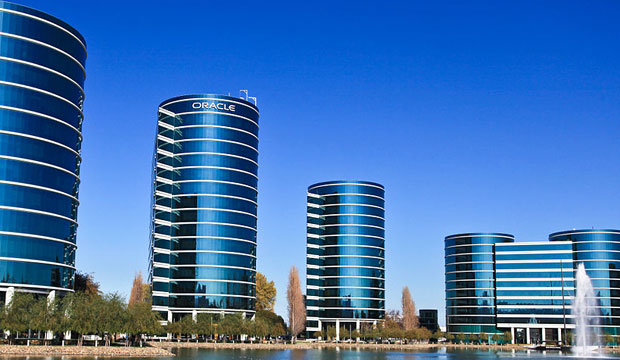The emergency caused by the novel coronavirus is causing deep structural changes to how we do business. We don’t sell or market the way we did before the virus, and it may be some time before we return to that model — if indeed we ever do.
Even before the emergency, market research conducted by Beagle Research (my company, full disclosure) has conclusively shown that employees have made do with old and ineffective technologies.
Our studies show that employees have added labor by juggling multiple screens and windows, and by working longer hours to support old systems of record, when the actual need is for systems of engagement and systems of intelligence.
Retention and Renewal Priorities
No one is to blame for the rapid obsolescence of older customer-facing technologies because the market has simply moved very quickly.
For instance, demand changed overnight, forcing a big rethink of what we use customer-facing tools for. At the start of the year, the emphasis was on new customer acquisition, and while that’s still important, the situation on the ground has made customer retention and renewal more critical.
A new generation of tools supported by analytics and technology platforms is becoming available to fill the technology holes we saw before COVID-19; holes that are so big now in the current environment of remote work that they simply have to be filled.
Remote working conditions are important, but so is the reality that marketing activities have taken on additional importance as businesses work to communicate with customers.
All of this drives a reliance on data to drive algorithms that increasingly drive business — and data is where many vendors are putting emphasis.
New Marketing Tools
Last week, Oracle became the latest vendor to introduce important new marketing functionality, much of it geared to fill the holes left by obsolescent technologies.
Oracle’s strategy centers around the CX Unity Customer Intelligence Platform, a data management platform that’s central to marketers’ activities when using Eloqua, Responsys, Maxymiser, CX Audience, Crowd Twist, and CX Content.
Here are the primary announcements and their significance:
- Account-Based Marketing (ABM) — a new account management dashboard added to Eloqua to provide greater visibility into the activity of the most engaged accounts. Also, the ability to further enrich firmographic data using Oracle Datafox.
- We increasingly communicate through video conferencing. Oracle has introduced solutions that integrate Zoom, Webex, and Microsoft Teams to make it easier for marketers to communicate from Eloqua to customers.
- Content blocks to improve the efficiency of content marketing programs. Essentially, this enables marketers to pre-configure blocks of content that can be used on landing pages and email. The results are more efficient content use and distribution.
- Personalization capabilities for Responsys that will optimize channel, time, and message to send to individual customers. There’s also an intelligent audience selection function to help marketers find more customers with similar backgrounds.
- Polling capability for Oracle CrowdTwist, a loyalty program monitor. This drives data capture and helps the rest of Oracle Marketing Cloud to drive more personal interactions.
Opportune Timing
So there’s something for every marketer in all this, whether they reach out to B2B, B2C, or some other customer model. These additions appear to have been in the works for a while, perhaps longer than the pandemic that has kept people from going to offices. So, these are both natural evolutions of Oracle Marketing Cloud and improvements that come along at a good time.
Obviously, for safety reasons, one of the natural evolutions on display in business right now is a strong trend away from congregating in offices while still managing the demands of business. These new introductions should enable Oracle customers to be more effective in a new reality that calls for less face time and therefore, more intuition.



























































